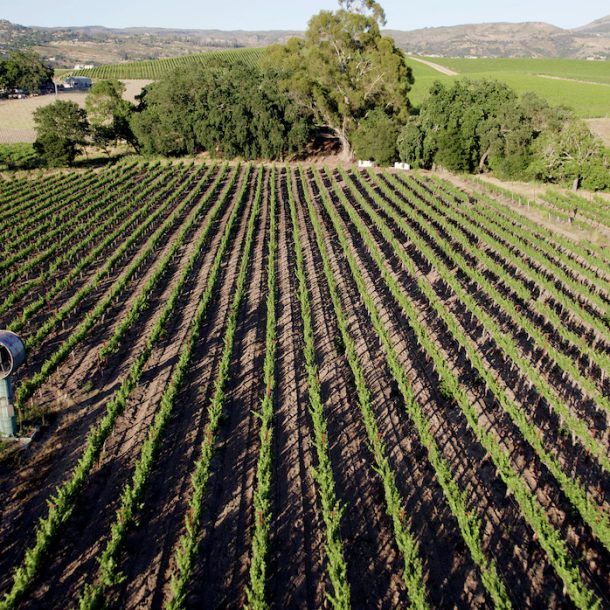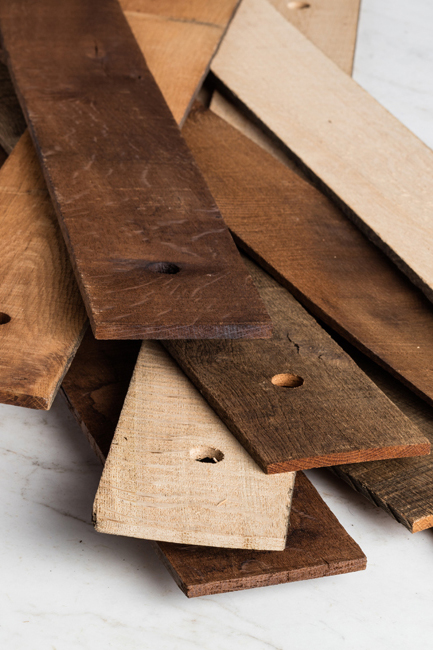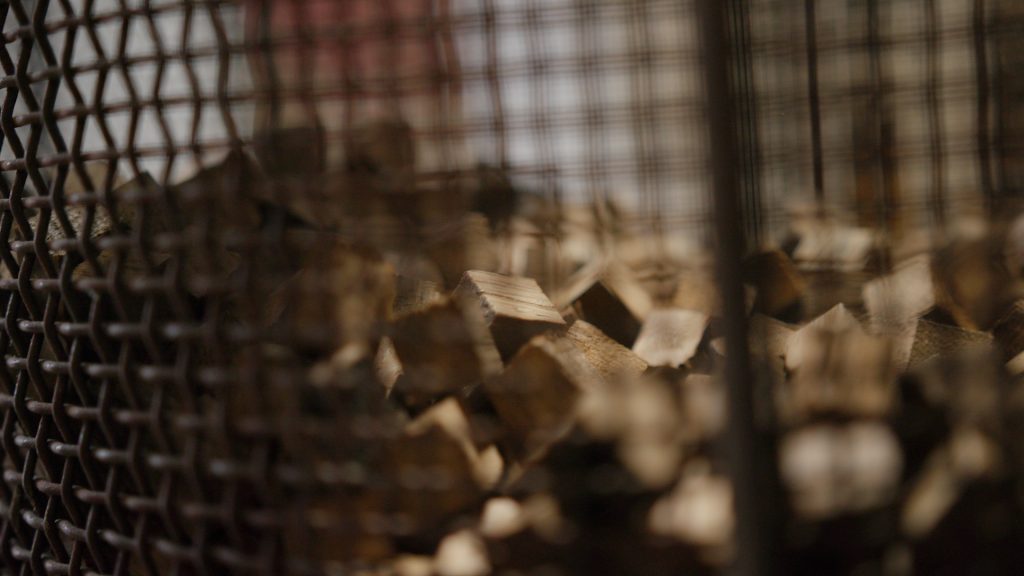
which oak format should you use?
One of the most common questions I get regarding oak complements is around oak format. Should I use chips, cubes, squares, staves? Is there an advantage to either one? Well, that can be a relatively complicated question and one that you may or may not find widely differing opinions on. Since this is my blog, I am going to present my opinions and feel free to disagree but since I have taken the time to write this, I am clearly the expert by default.
there are two ways to approach this question
When considering oak format, I think there are really two main driving forces: Time and Money. If you have all the time in the world and a big pile of money to burn, you may opt for the tried-and-true barrel. It’s sensuous curves, shiny hoops and intoxicating aromas, how could you go wrong? I think barrels are great, and if you select the right barrels, maintain them, and all the infrastructure and staffing are in place and that pile of money is large enough barrels will work out nicely for you. Otherwise, you may just prove the old saying about making a small fortune in the wine business by starting with a large fortune.
How much time you have is directly related to the size of oak format you can use
So now that you have decided to hold on to your fortunes, let’s discuss the idea of time. My advice to most Winemakers is that if they have the time, they should select the largest oak format at their disposal. The idea behind that is really about oak extraction as it compares to a traditional barrel and the ability to allow the wine to age on the oak and benefit from all the oak has to offer. Aromas, flavors, textures, all develop over time and If you are making a wine that was meant to age you may want to select a larger oak format like staves that extract a bit slower so that the wine can remain on the oak. This also allows the winemaker to monitor the wines progress without fear of overextraction or drying out. A typical aging time on staves is anywhere from a few months to two years depending on the format.
when time isn’t on your side but you want an elegant extraction
For those of you that only have a few months, squares, blocks or cubes are a nice choice as they provide stave-quality wood and extraction but do not require the aging time to see the full benefit of the wood. Typical aging time for these formats are anywhere from two to six months, or longer depending on wine style or winemaker preference.
The smaller the format, the quicker the extraction
If your timeline is even more compressed or you are in the early stages of winemaking like primary or secondary fermentation, smaller formats like chips, fines or flour are a great choice due to the relatively quick extraction compared to larger formats.
let’s talk about money
So now that we have worked out the time factor let’s talk about the money piece. They say that true craftsmen don’t get into this business for the money. That’s great conversation at the cocktail party and sounds cool as you sip on your brown natty wine through your waxed handlebar mustache but if you don’t consider the financial side of the business (yes, it is a business) you won’t be doing this for very long.
multiple oak formats can help you achieve your time and money targets
When it comes to selecting formats based on financial reasons, there is a general rule: the smaller the format, the more inexpensive it is. There are certain specialty products that are exceptions of course but the general rule applies most of the time. When selecting formats, specifically for aging your wines, you should take your overall cost of goods sold goal in mind and select a format that fits within your budget. Typically, your budget is a direct reflection of your bottle cost. I suggest a combination of several formats both large and small to provide all the quality benefits while satisfying your particular time and money targets. This allows the Winemaker some blending flexibility and the ability to fine-tune wine style to more precisely hit quality and consumer targets.
Always get your oak from a reputable supplier
Whether starting with a large fortune or a small fortune, on a tight timeline or all the time in the world, oak complements from a reputable supplier, in all their available formats allow the flexibility to customize your oak regime for any scenario and hold onto what is most dear – both time and money.
–Jason Dodge, Managing Director, Winemaking.



